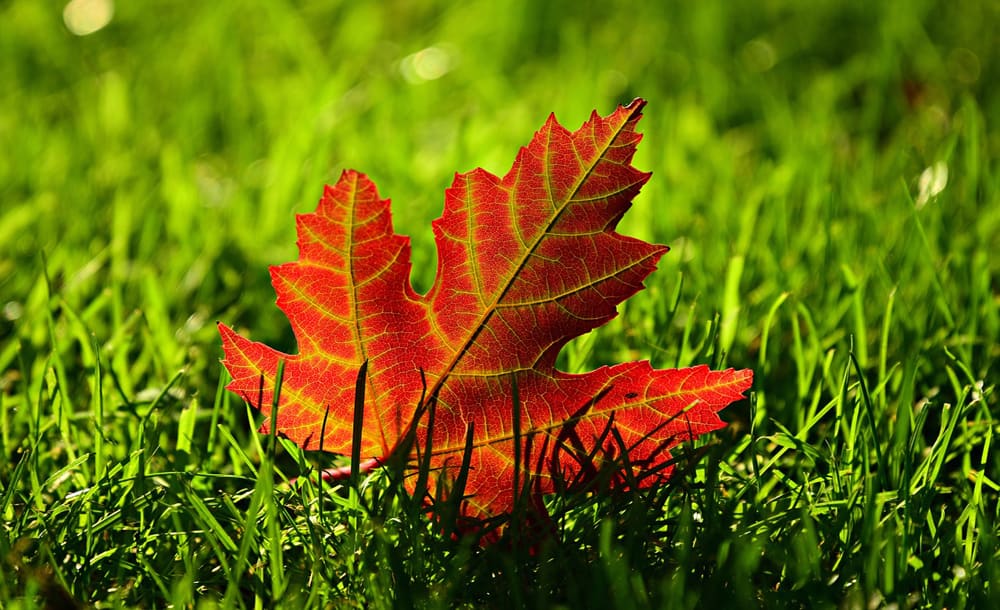Tending to a garden is not necessarily high on the list of things to do in December, but if gardening is your passion, there is still plenty to keep you busy, says Agromin, an Oxnard-based manufacturer of earth-friendly compost products made from organic material collected from more than 200 California cities.
Turn Leaves And Branches Into Mulch: Fallen leaves and branches make good much. Cover a pile of the material with a waterproof tarp to hold in heat and keep rain from washing away nutrients. Turn the material regularly. Place some of the fallen leaves in flowerbeds to prevent mud from splashing on small plants during rain.
Protect Container Plants: Move container plants next to south or west-facing walls. They will absorb reflected daytime heat and stay shielded from most wind. Move potted cacti and succulents under a patio cover so they are protected from cold and rain.
Moisten Soil And Groundcover To Prevent Frost Damage: If you hear of a frost warning in your area, water the soil in your garden thoroughly before evening. Cloudless, overnight hours are when frost is most likely to occur. The moisture from the soil will evaporate and warm the air around your plants keeping roots and plants from freezing. Mulch will also keep soil and roots warmer than the air temperature.
Keep Weeds In Check: It’s amazing how quickly weeds appear after a rain. They are easiest to remove while small and the ground is damp. Once removed, add a layer of mulch to suppress any new growth.
Planting Bare Root Trees, Shrubs And Roses: Make sure the tree’s roots are moist before planting. Dig a hole at least twice as big as the root ball and deep enough so it can stand on its own. Cover with loose soil. Create a slight ridge of soil around the trunk so water will not run off. Add mulch (without touching the trunk) to keep roots warm during winter. Slowly water the tree after planting so the water soaks deep into the root system. Continue to water deeply and regularly until spring (even after light rains).
Harvest And Plant Cool-Season Vegetables: Vegetable plants added in October should be producing by December. You can still plant cool-season vegetables such as broccoli, Brussels sprouts, cabbage, cauliflower, celery, kale, mustard and lettuce. Beets, carrots and radishes can also be planted in December.
Add California Natives: Plant native vegetation now so they are established by spring. Your local nursery should have the varieties that do well in your area. According to California Native Plant Society, there are over 7,000 native plants in California. Go to its site to see what plants are native to your specific region, https://calscape.org.
For more gardening tips, go to Agromin.com – Soil Products for Farming and Landscaping.

